Andrew Rule: Missing high country campers revive century-old tragedy
The disappearance of two campers in the Wonnangatta Valley in the past three weeks has revived talk of century-old murders in the same valley amid a whiff of secrecy and scandal, writes Andrew Rule.
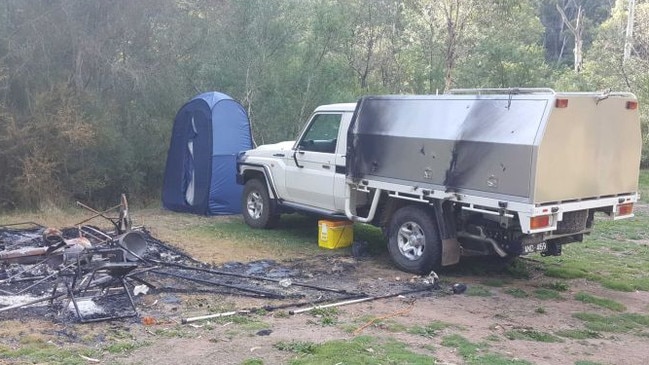
Andrew Rule
Don't miss out on the headlines from Andrew Rule. Followed categories will be added to My News.
Crime scenes don’t come much more remote than Wonnangatta, where two men were murdered a century ago in a two-act tragedy that locals still talk about.
The scandal and secrecy around the killing of station manager Jim Barclay and hired hand John Bamford has lingered for three generations.
The former Wonnangatta Station in the high country between Licola and Harrietville is almost as lonely now as it was when Barclay and Bamford came to grisly ends in 1917.
The disappearance of two campers in the same valley in the past three weeks has revived talk of the old murders and a whiff of scandal.
Some locals have theories about who killed Barclay and Bamford but won’t say for fear of offending descendants. Now there’s another Wonnangatta mystery: the fate of Russell Hill and Carol Clay, not seen since they left Drouin on March 19.
RULE PODCAST: IS BEAUMONT KILLER ONE OF THESE FOUR MEN?
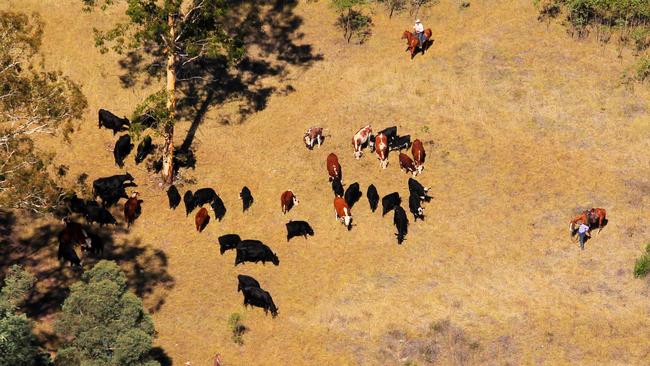
Russell Hill is a retired timber contractor who knows Wonnangatta because he once logged in the area. Carol Clay, of Pakenham, is a family friend and former president of the Country Women’s Association. Both are in their early 70s.
Hill made a call on his UHF radio on March 20. He said he was having trouble with the radio, which could explain why he didn’t do his usual daily calls after that.
Six days later, some other travellers saw the remains of Hill’s burnt-out tent and slightly-singed vehicle at Dry Creek. The car was quite driveable but there was no sign of the missing pair.
At first, the fire seemed odd, even suspicious. But nothing seemed to be missing from the car or camp. Police called in mountain cattlemen and a wild-dog trapper to help, but the search was called off after a week due to bad weather.
So have the friends met foul play, staged their disappearance … or simply got lost?
The rule of Ockam’s Razor says to back the simplest explanation. Which is that they went walking, lost their way and got caught in the dark. Sometime that night or next day, maybe, a breeze fanned sparks from their smouldering campfire and ignited the tent.
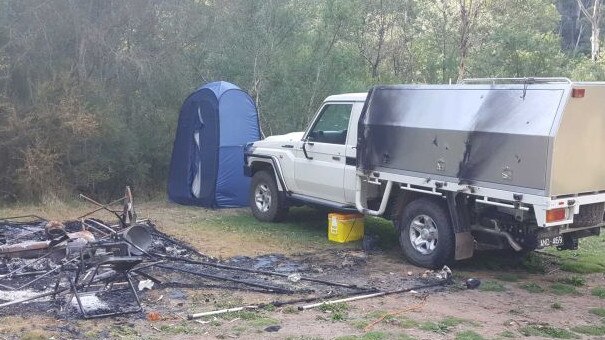
Hill’s local knowledge would not stop him getting lost after dark, says Bruce McCormack, mountain cattleman and trail ride operator. He and fellow cattleman Graeme Stoney have been involved in many searches over many decades. They know how treacherous the mountains are, especially in autumn, when overnight temperatures can hit zero.
McCormack recalls spending a night shivering under a saddle blanket rather than to risk getting “bushed” in the dark. Bruthen “brumby runner” Dean Backman once spent the night in a hollow log with his dogs — only to find the next morning that he was almost within sight of the track.
People who don’t wait for daylight to retrace their steps can be drawn deeper into dense bush. Once injured or weak, they are easy prey for wild dogs that now hunt in packs of four or more. McCormack found a cow carcass last week surrounded by dog tracks, and says they routinely kill newborn calves.
Boisdale bushman John Harvey believes a little local knowledge is a dangerous thing because it could have made Russell Hill over-confident.
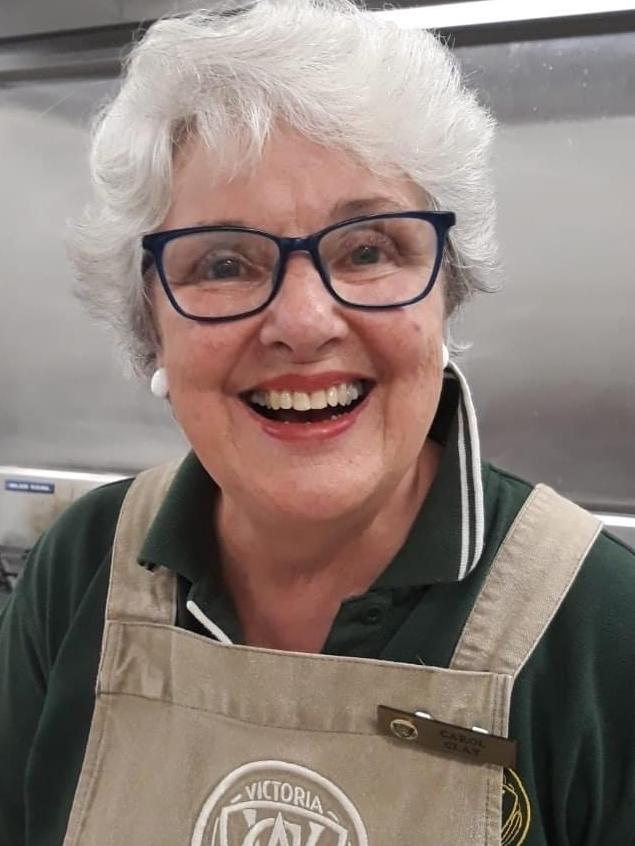
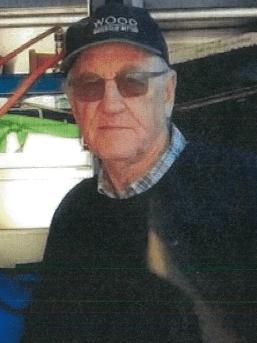
“The stock route forks near Zeka Creek, and if you go straight ahead and take the wrong fork you end up on the wrong spur in heaps of trouble,” says Harvey.
Police are treating it as a missing persons case. Inspector Craig Gaffee at Sale says police fear for the pair’s safety but have no evidence any third party played a part.
Investigators want to talk to anyone who saw the couple in the six days between the date of last radio contact on March 20 and when witnesses saw the camp set up on March 26.
They believe the latter-day Wonnangatta mystery is more likely to be about mundane misadventure than murder, which is cold comfort for the missing pair’s families and friends.
People have vanished in the mountains before. On Valentine’s Day 1975, Balwyn car dealer Doug Barr and his wife Helen disappeared after a picnic on the banks of a channel below the Lake Eildon weir. Their dog and car were found the next morning but the Barrs were never seen again.


For years, their families insisted they’d been abducted, forcing police to investigate useless “leads”.
The overwhelming likelihood is that they ignored safety signs and went swimming in the channel used to release freezing water from the dam into the Goulburn River. Bodies do not float in ultra-cold water, they sink. Yabbies and fish soon turn them into skeletons buried in silt. It has happened at Lake Eildon before.
Without bodies as proof of death, there is a vacuum that breeds bizarre speculation and rumour. Such as when Prime Minister Harold Holt drowned at Portsea in 1967. And when a dingo took baby Azaria Chamberlain in 1980.
The bleak truth about people who go missing in the mountains is that if they are not found alive fairly quickly, they “vanish” because wild dogs eat them.
Bushwalker and skier Stephen Crean — brother of former politician Simon Crean — disappeared above the snowline in 1985.

What was left of him wasn’t found for 18 months, and even that was only because some fool stumbled over his skull and took it home.
When Barwon Prison manager David Prideaux got lost while deer shooting near Mansfield in the winter of 2011 — six weeks after prisoner Carl Williams was killed at Barwon — people who should have known better seized on lurid prison gossip.
Conspiracy theorists raved that Prideaux was either murdered (in “revenge”) or staged his own disappearance. The truth, of course, is that he simply got lost. And that Williams was killed by jailhouse enforcer Matthew Johnson for reasons of his own.
MORE ANDREW RULE
andrew.rule@news.com.au

